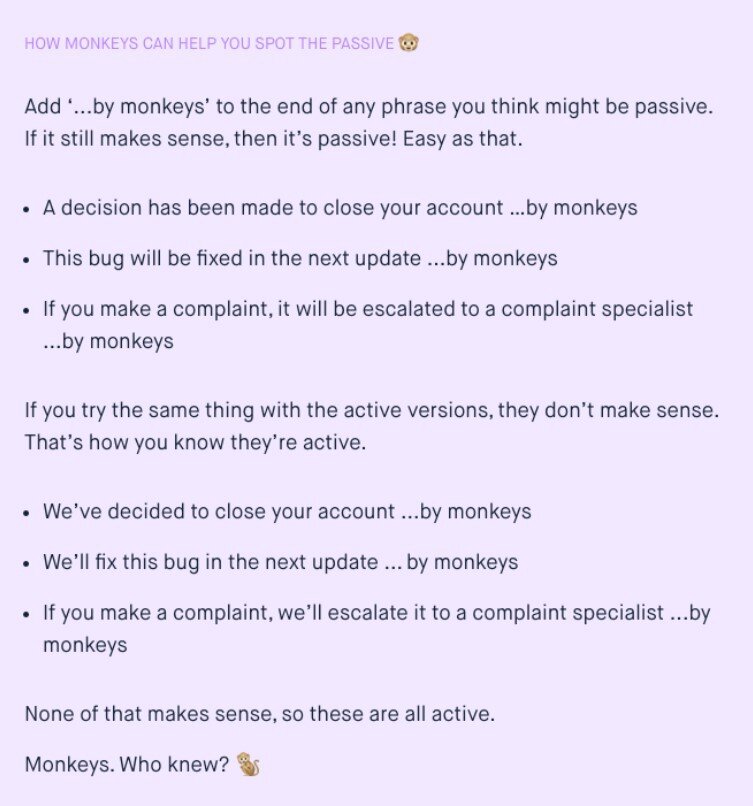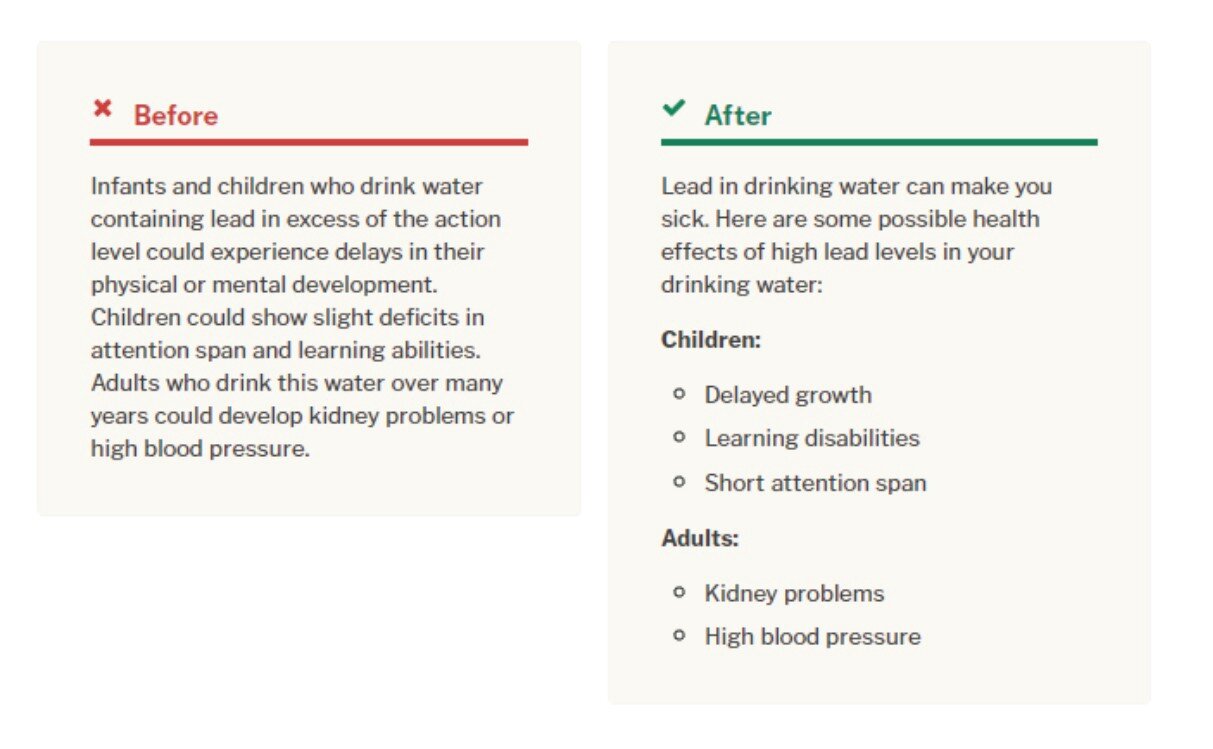Content marketing: Good writing vs bad writing
You don’t need to be a big brand to be memorable. You don’t need a big budget to be memorable. You just need to have the right content to be memorable.
This article is in a presentation format and is a follow-on from a previous article ‘Make your copywriting memorable with the number three’.
Good points to know about writing
Write content that’s easy to read (primary language set, concise, clear, distinct)
Smarter content doesn’t mean more content
Most people have a common vocabulary of around 15,000 terms
By using these words, you allow users to take in more information at a quicker pace (scan reading)
Don’t force readers to work your way — work theirs
Consider typography and styling that suits the user. Example: Many brands use all-cap or title case headers, but users find sentence case easier to read.
Consider these:
1. WHY LETTER CASING IS IMPORTANT TO CONSIDER DURING DESIGN DECISIONS
2. Why Letter Casing is Important to Consider During Design Decisions
3. Why letter casing is important to consider during design decisions
User psychology and eye-tracking software tell us that people tend to read sentence case easier (number 3 above). Consider this when you’re writing titles and headings.
Keep sentences short to reduce regressive reading
Avoid jargon (use clear language)
Keep it simple
(Copyright: Lauren MacNeish)
Communicating with your audience
“Good communicators make themselves look smart. Great communicators make their audiences feel smart.”
The words we put on screen and paper are one of the most important ways we have of showing people what we stand for. Every word adds up to people’s perception of who we are. Good writing is empathetic. Thinking carefully about the people you’re writing to — and understanding how they feel and what they need from you — shouldn’t feel like a tick-box exercise.
The best way to do this is to truly understand your audience. You can do this by developing user personas.
Be natural — Don’t get caught up in being too formal
When you gain an understanding of your audience, think about how they prefer to be communicated to.
Businesses can find themselves getting too caught up in being too formal or jargon-filled. Keep it simple and speak like a human.
A quick aside on the whole ‘but’ thing: it’s totally fine to start a sentence with the word ‘but’. Or the words ‘and’, ‘so’ and ‘because’. There’s never been a rule against it, and no grammar guide will tell you you can’t. Plus we do it all the time when we talk, so it can make our writing feel more natural.
Consider verbs and take ownership
Use more verbs and fewer nouns.
When we’re writing, we tend to swap out verbs for nouns. That’s because nouns are seen as fancier and more professional. Verbs are action or doing words, like ‘decide’ or ‘analyse’. And nouns are naming words, like ‘decision’ or ‘analysis’.
We naturally use more verbs than nouns when we talk, because language is all about doing things. So we should do that when we write as well. See how it makes our writing shorter, too?
Put yourself in your reader’s shoes
When you’re writing; what is your reader going to be most interested in?
We’re often tempted to explain why we’ve done something before we tell people what the thing actually is — especially if it’s bad news or an uncomfortable message.
But if your first question is ‘what does my reader really need to know’, then you can’t go wrong. Are they more interested in the process you took to decide something, or how that decision affects them? (Hint: it’s almost always the latter.)
That doesn’t mean we shouldn’t explain our reasons, it just means we should explain what the impact is first (think about the inverted triangle further up this article). And once you’ve decided what your key messages are? Subheadings are your best friend.
Always be clear about who’s doing what. There’s a funny thing that happens to our writing when we’re giving bad news or talking about processes. We slip into what’s called the ‘passive’ voice, which basically means we don’t say who’s responsible for something.
Passive: A decision has been made to close your account.
Active: We’ve decided to close your account.
Passive: This bug will be fixed in the next update.
Active: We’ll fix this bug in the next update.
Try to stay active with your language — your users will thank you for it.
Stay sincere
Let positivity ring through in your writing. The odd exclamation mark or confetti emoji is great! 🎉
But if we use them in every other sentence, they start to feel a bit forced and insincere.
The same goes for superlative words like ‘great’, ‘lovely’, and ‘awesome’.
Sprinkled over our words they brighten everything up. But if we use them all the time, they start to lose their power. (If everything’s awesome, then is anything really awesome? 🤔)
Don’t get me started on ‘delighted’.
Sentence and word structures
Try to keep your sentences under 20 words.
Studies show that 11-word sentences are considered easy to read, and those of 21 words are fairly difficult.
Research also shows that when your average sentence length is 14 words, people understand over 90% of it. But at 43 words, people understand under 10%.
Use bullet points if they can tell your message more concisely.
Structuring emails
Spend double the amount of time crafting the right subject line as you do on the body because if they don’t open the email, it doesn’t matter.
Use the Oxford comma (this is a personal choice, but it’s just better :D).
Keep it concise and focus on the matter at hand. Then end with a call to action, a requested response date, and make it clear that you’re open to questions and follow-ups.
In striking the perfect balance between formal and casual, the key is thinking about the relationship between yourself and the recipient and take social cues as your communication progresses.
=====







